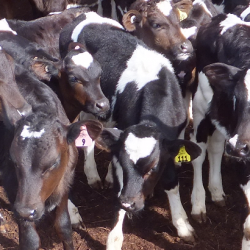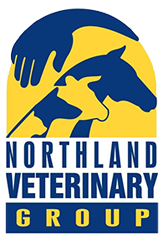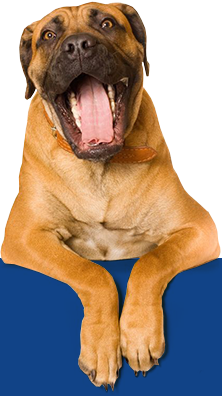Disbudding Calves
Most of you will have all your replacement calves on the ground by now, so if you haven’t booked your calf disbudding with the clinic now is the time to do it.
A few things to remember about calf disbudding:
- Do not give your calves their morning milk feed if we are visiting in the morning, and remove them from all other feed (e.g. grass, hay, meal) at least 3 hours (preferably longer) prior to the visit and remove water 2 hours prior to the visit. If we are visiting in the afternoon (e.g. 2pm) they can still have their morning milk feed (e.g. 8am).
- Getting calves disbudded between 2 and 6 weeks is ideal as there shouldn’t be any horn that requires removing with horn scoops first, also they require a smaller amount of sedation and are easier to handle.
- It is best to have the calves in a covered area, and keep them under cover for the next 24-48 hours if rain is forecast. If the calves are outside then the disbudding can only be done when there is no rain forecast for a couple of days.
- Often both a vet and a vet technician will come to do your disbudding but it is always helpful to have an extra pair of hands, so try and book your disbudding on a day when you or a staff member can be around to help.
- Please provide clean water for us to wash and disinfect our boots and equipment at the end.
- The calves will be sedated, so if you need to do anything else like DNA testing or ear notching for BVD it is a really good time to do it.
If we haven’t done your disbudding before, here is what to expect:
- We will sedate all the calves either at once or in smaller groups, so that they lie down.
- We will give them local anaesthetic to numb the horn bud and clip the hair from around the horn bud.
- We then use small handheld gas burners and burn a ring around the horn bud and flick it out. If there is significant horn growth, we use horn scoops first to remove the horn and then burn the area to stop it bleeding.
- We vaccinate the calves with 7 in 1 (or 5 in 1), apply antibiotic to the horn bud area and check for and remove extra teats.
- The calves will often be up and walking around within a couple of hours.


